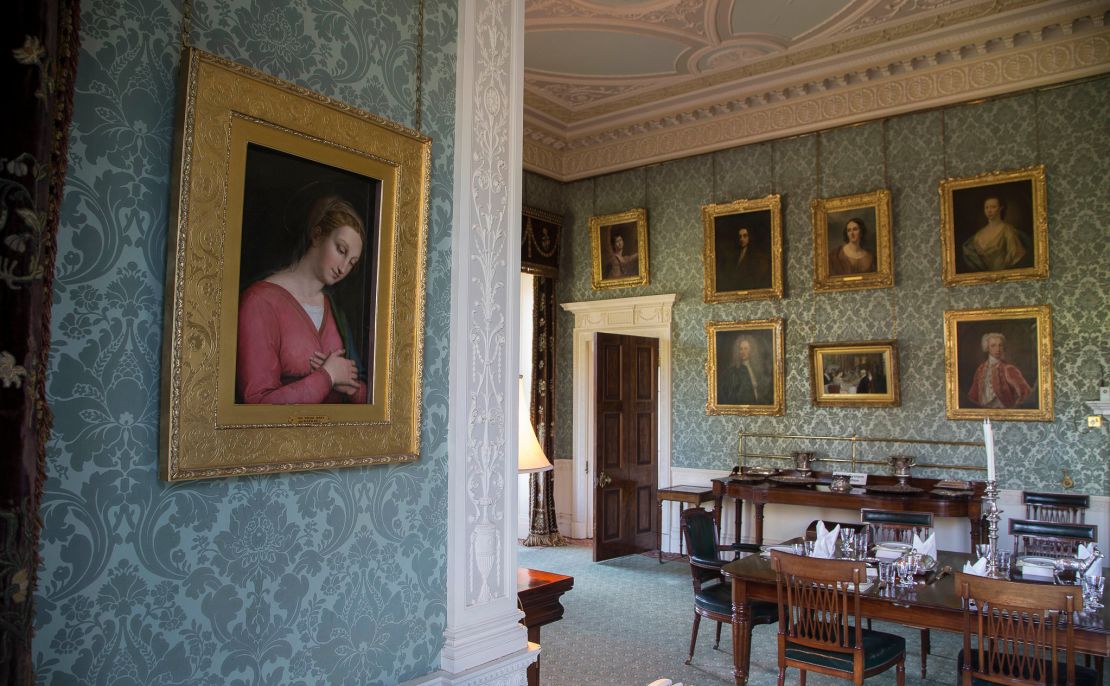Story highlights
A painting originally considered a Raphael copy could be a genuine work from the Italian Old Master
The discovery, made by art historian Bendor Grosvenor, will be featured on the BBC's "Britain's Lost Masterpieces" show
In 1899, a painting of the Virgin Mary believed to be a respectable copy sold for $25 (about $2,574 in modern prices). Now it seems that it could be a genuine Raphael worth $26 million.
The discovery was made by Bendor Grosvenor, an art historian and presenter for the BBC’s “Britain’s Lost Masterpieces” series, which looks for valuable works of art in local public art collections.
Grosvenor and a team of experts were examining the collection at the National Trust for Scotland’s Haddo House collection in Aberdeenshire when they found the painting, which is dated between 1505 and 1510 and had previously been attributed to the Italian artist Innocenzo da Imola.
He asked permission to have the piece professionally cleaned, conserved and investigated after noticing a striking resemblance to the Italian painter and architect’s work.
Notorious art heists
“Finding a possible Raphael is about as exciting as it gets,” Grosvenor said in a statement. “This is a beautiful picture that deserves to be seen by as many people as possible. I hope ‘the Haddo Madonna,’ which would be Scotland’s only publicly-owned Raphael, brings many people to this part of Aberdeenshire.”

George Hamilton-Gordon, a former British Prime Minister and the 4th Earl of Aberdeen, bought “The Virgin Mary” in the early 19th century, believing that it was a genuine Raphael.
But it was quickly downgraded to “after Raphael” – a designation used when the particular artist is unclear – before later being attributed to Innocenzo da Imola.




















